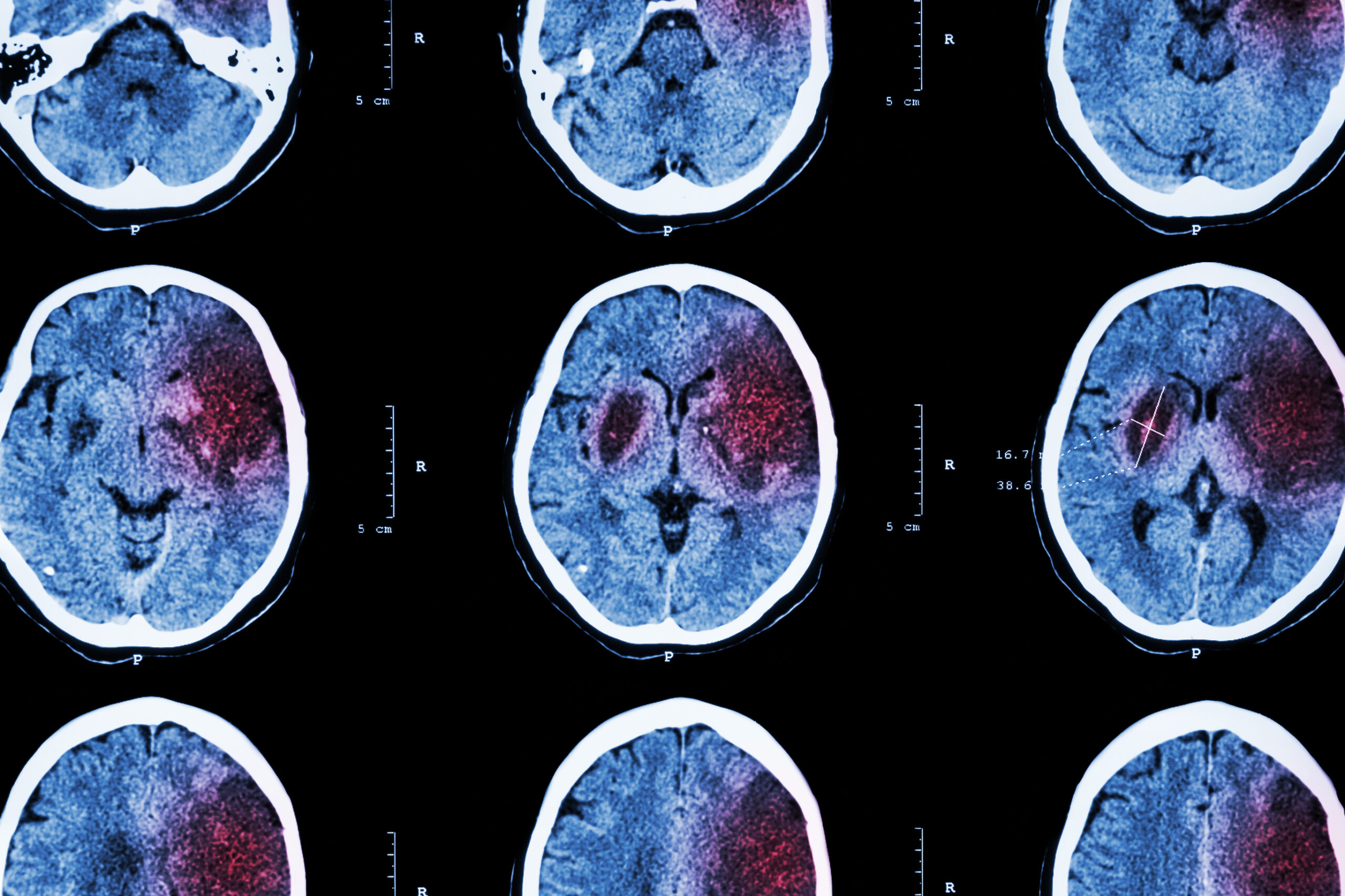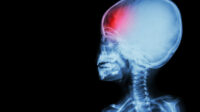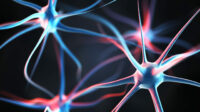Preparing for the Neurology Board Exam can be a major headache if you don’t have an effective way to prepare. You’ll need to become proficient in everything from basic Neuroscience to Critical Care to Neurologic Complications of Systemic Disease.
Are you ready for the exam?
Quiz yourself for free with these two questions taken from the BoardVitals Neurology Board Review Question Bank.
Question 1
A 14-year-old boy with progressive cognitive decline and ataxia has a history of myoclonic epilepsy and multiple seizure types. His EEG shows spikes and waves with predominance in the occipital region. A diagnosis was made on the basis of skin biopsy, which showed periodic-acid- Schiff (PAS)-positive intracellular inclusions. Which of the following is the most likely finding in this patient?
A.) Mutation affecting cystatin B
B.) Cherry red spot on fundoscopic examination
C.) Ragged red fibers on muscle biopsy
D.) EpM1 mutation
E.) EPM2 A mutation
Answer:
E.) EPM2 A mutation
Explanation
This patient has Lafora body disease, which is an autosomal recessive disorder associated with a mutation in the gene EPM2A on chromosome 6q, encoding laforin, a ribosomal protein with undetermined function. Patients with Lafora body disease present between 12 and 17 years of age. These patients have seizures of various types, including myoclonus, atypical absences, atonic, complex partial, and occipital seizures with transient blindness and visual hallucinations. These patients also have dysarthria, ataxia, as well as emotional disturbance, and cognitive decline leading to dementia. EEG shows an evolution, with multiple spike-wave discharges at the beginning, but progressively over months or years, the background deteriorates and multifocal epileptiform abnormalities appear, mainly in the occipital regions, in addition to generalized bursts. Lafora bodies are PAS-positive intracellular polyglucosan inclusion bodies found in neurons, cardiac muscle, skeletal muscle, hepatocytes, and sweat gland duct cells, making it possible to detect these bodies in skin biopsy specimens. Most patients die within 10 years of onset, and the treatment remains palliative. Mutation in cystatin B and EPM1 mutation are seen in Unverricht Lundborg syndrome. Cherry red spot in a patient with progressive myoclonic epilepsy (PME) suggests sialidosis. Ragged red fibers on muscle biopsy are seen in myoclonic epilepsy with ragged red fibers.
Reference
Ropper AH, Samuels MA. Adams and Victor’s Principles of Neurology, 9th ed. New York: McGraw- Hill; 2009. Comprehensive Review in Clinical Neurology: A Multiple Choice Question Book for the Wards and Boards ©2011 Wolters Kluwer Health Lippincott Williams & Wilkins. All rights reserved.
Question 2
A 49-year-old woman presents with 3 weeks of gradually progressive dysarthria, unsteadiness, and frequent falls. On examination she is found to have prominent nystagmus in all directions, with marked dysarthria. She also has truncal ataxia and dysmetria, which is more prominent in the upper than lower extremities. The patient has also been losing weight for the past 4 months. An MRI shows diffuse cerebellar atrophy, but no evidence of intracranial mass. Complete workup detects a pelvic mass originating in the ovary. Which of the following is correct regarding this condition?
A.) A leptomeningeal biopsy will certainly demonstrate an infiltrative neoplasm
B.) CSF cytology and flow cytometry are very specific for the diagnosis of this condition
C.) Anti-Tr antibodies are most likely to be positive in this patient
D.) 12.5mg hydrochlorothiazide tablet
E.) Anti-Yo antibodies are likely to be positive in this patient
Answer
E.) Anti-Yo antibodies are likely to be positive in this patient
Explanation
A leptomeningeal biopsy will certainly demonstrate an infiltrative neoplasm CSF cytology and flow cytometry are very specific for the diagnosis of this condition Anti-Tr antibodies are most likely to be positive in this patient Anti-Hu antibodies are the most common cause of this condition especially in the setting of breast carcinomas Anti-Yo antibodies are likely to be positive in this patient (Correct)
Reference
Ropper AH, Samuels MA. Adams and Victor’s Principles of Neurology, 9th ed. New York: McGraw- Hill; 2009. Comprehensive Review in Clinical Neurology: A Multiple Choice Question Book for the Wards and Boards ©2011 Wolters Kluwer Health Lippincott Williams & Wilkins. All rights reserved.
How did you do? For more questions, sign up for a free trial of the BoardVitals Neurology Question Bank.
Best of luck with your Neurology exam preparation!




